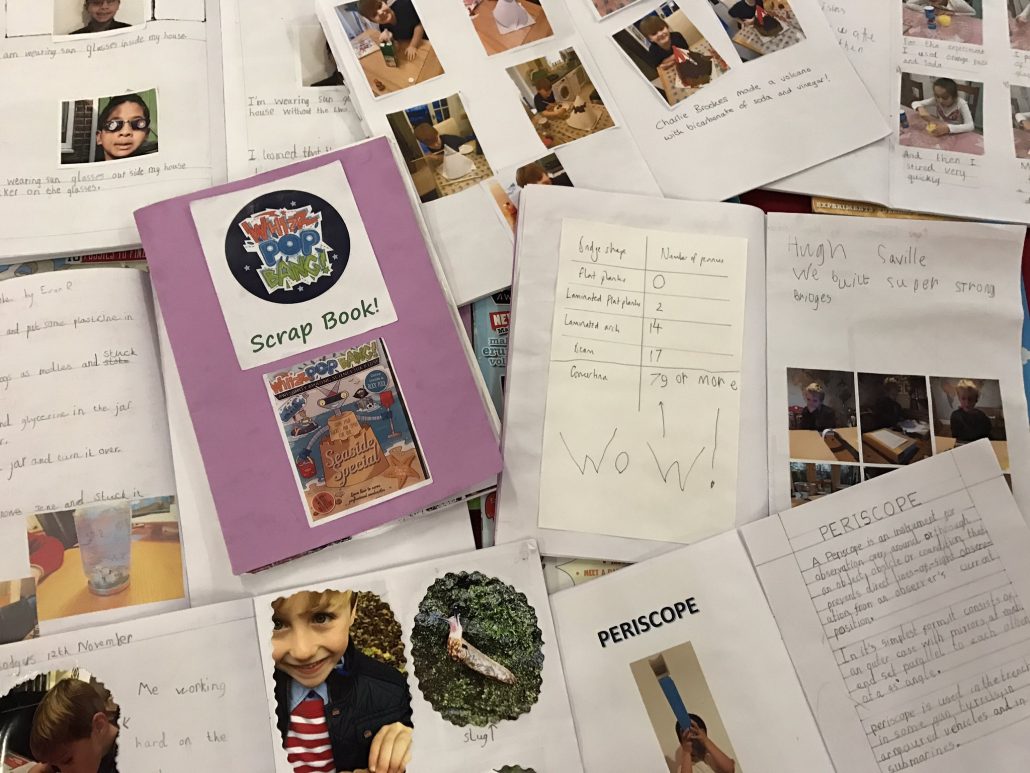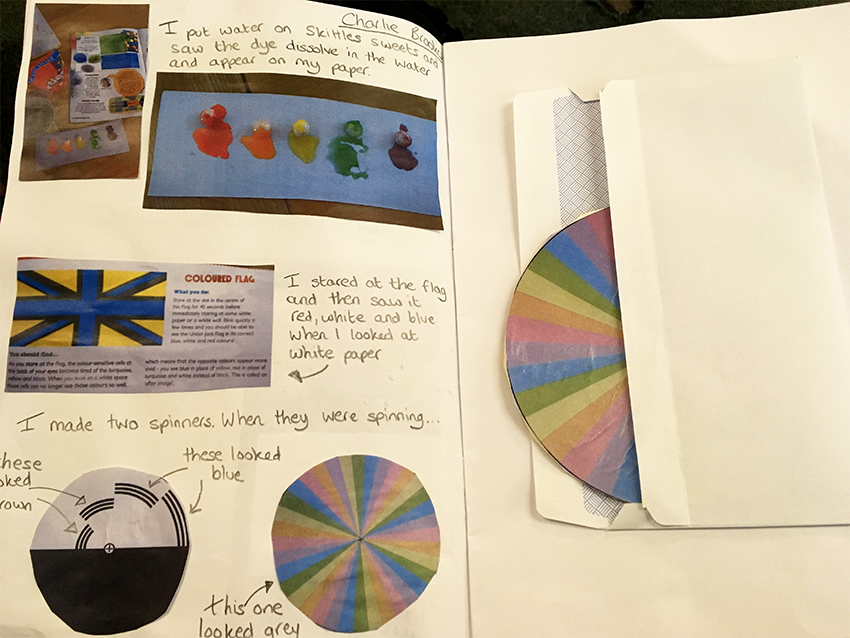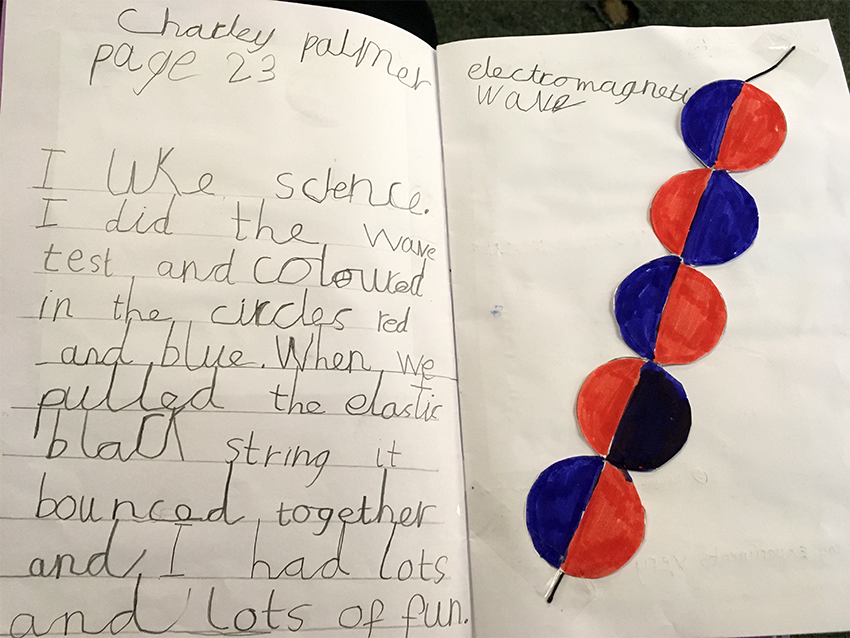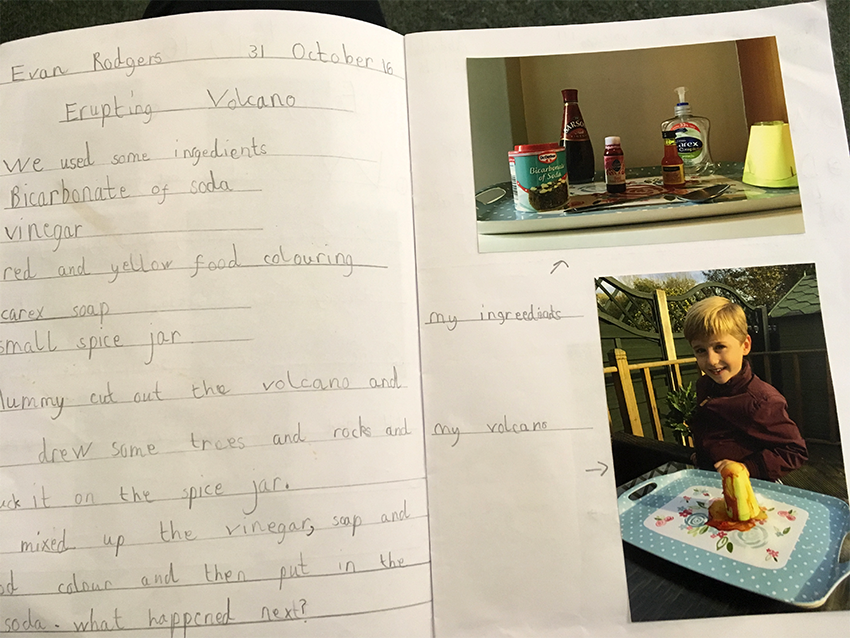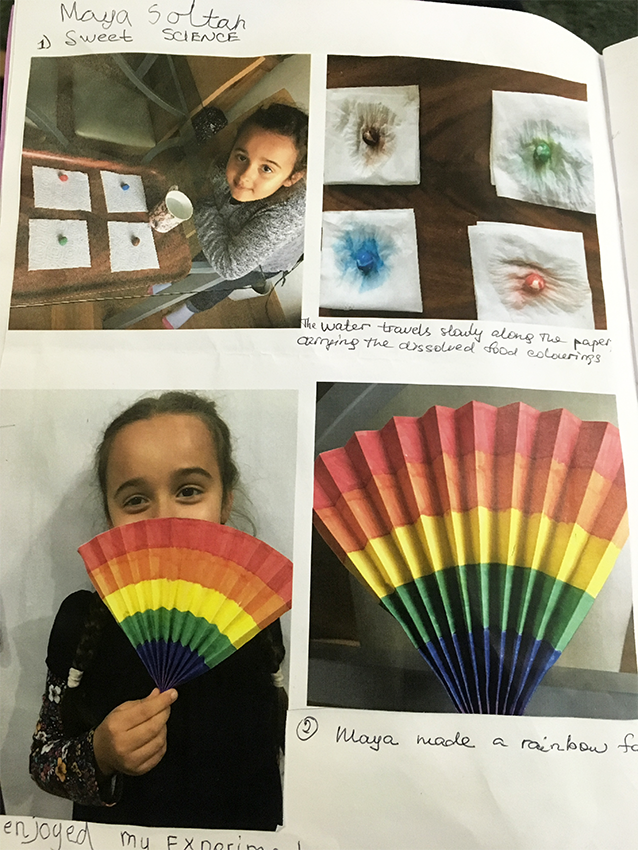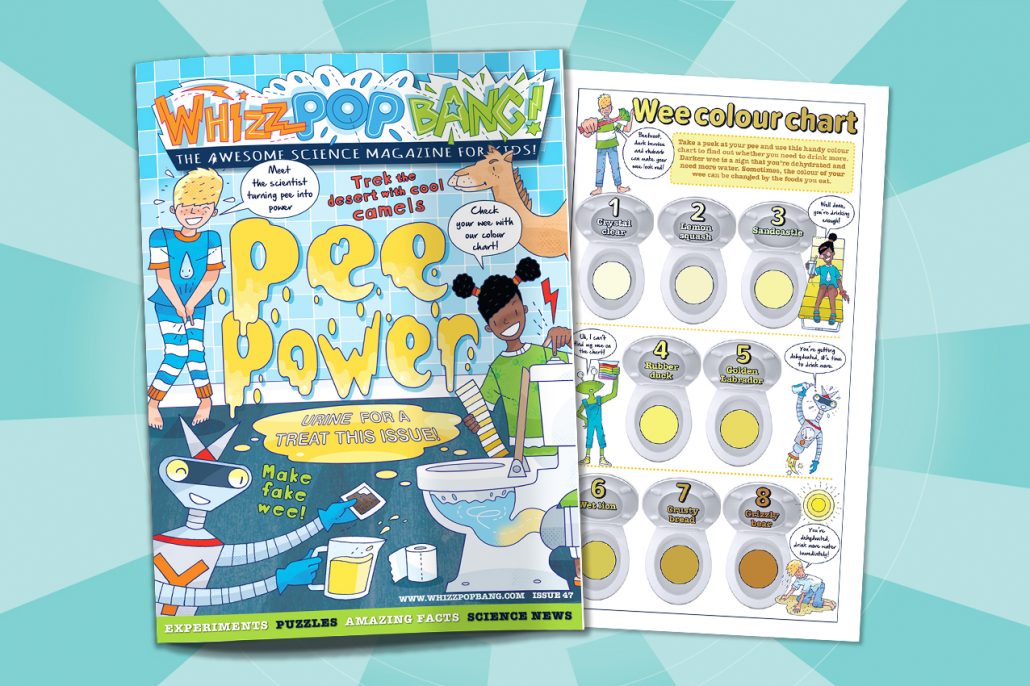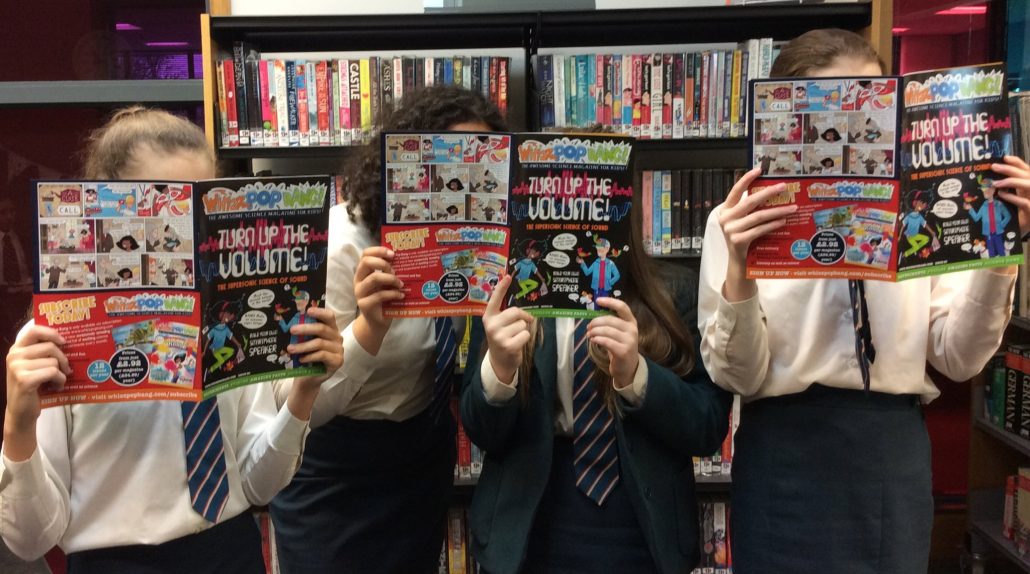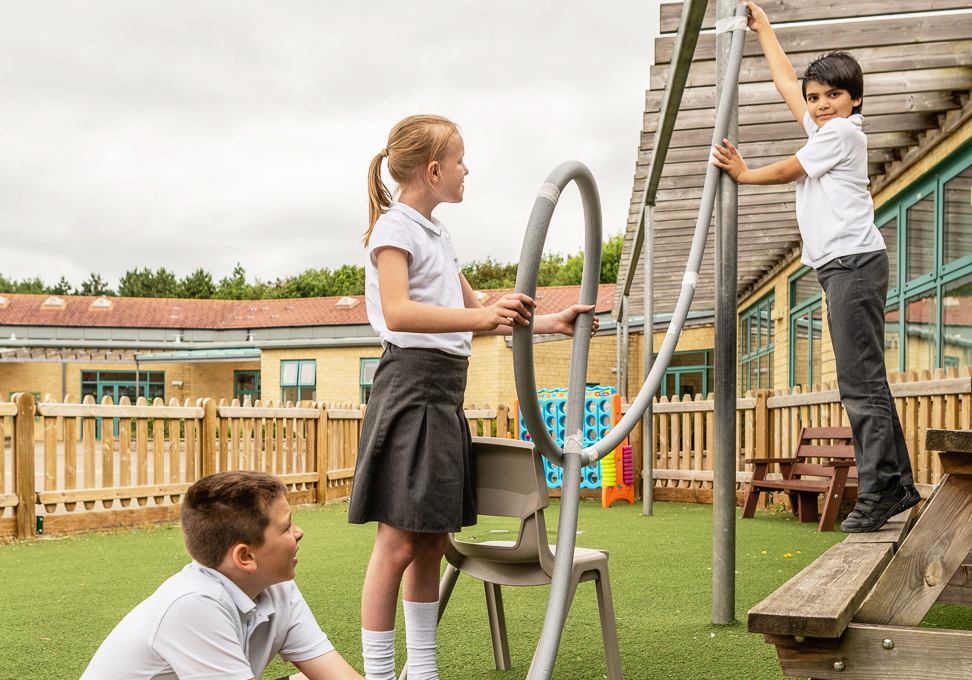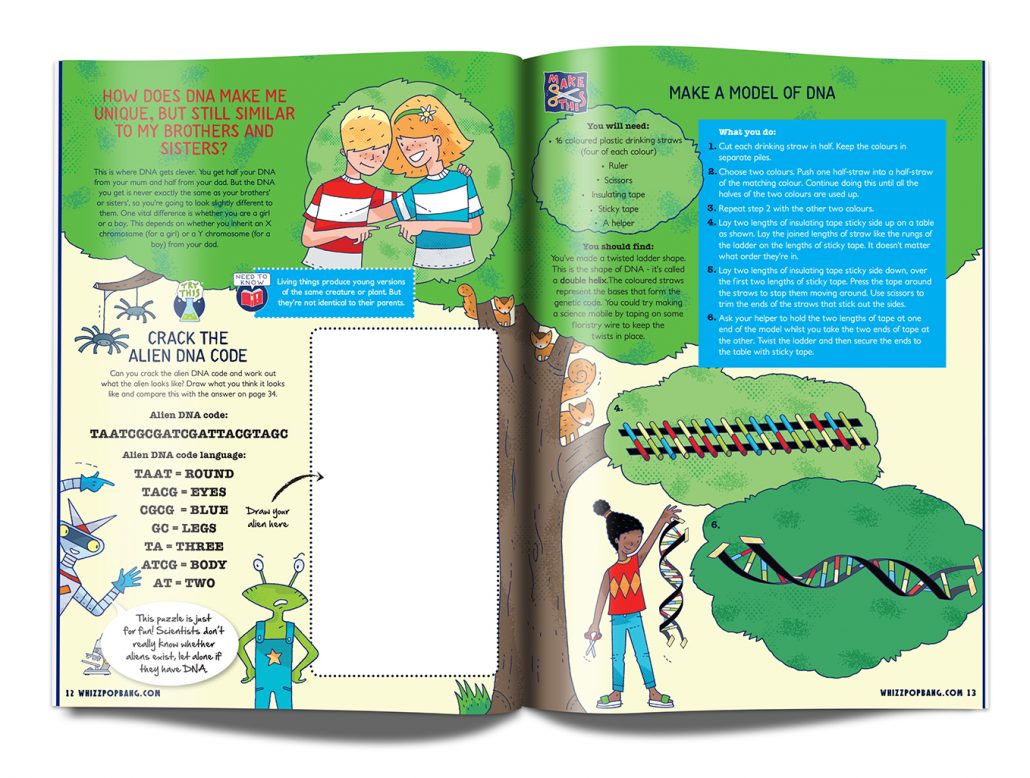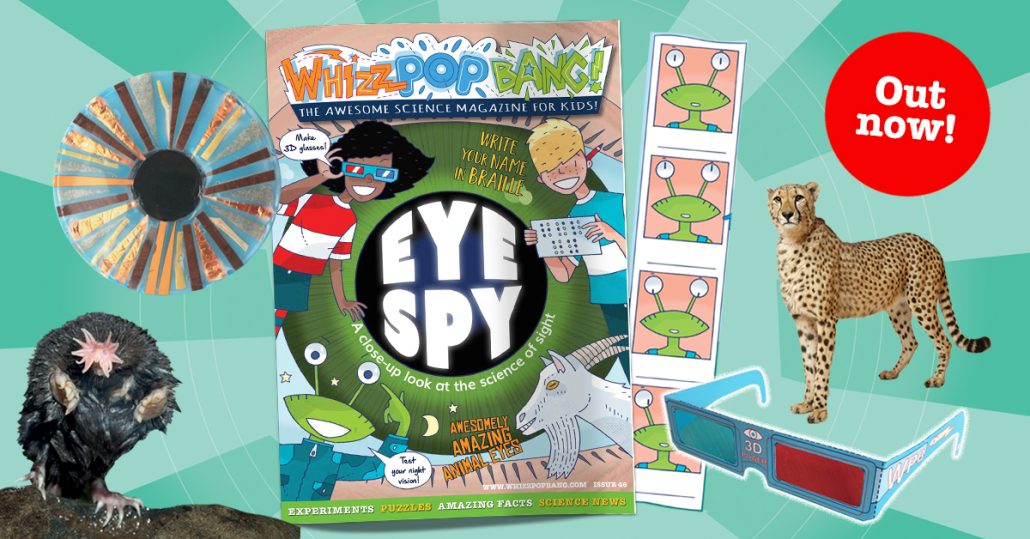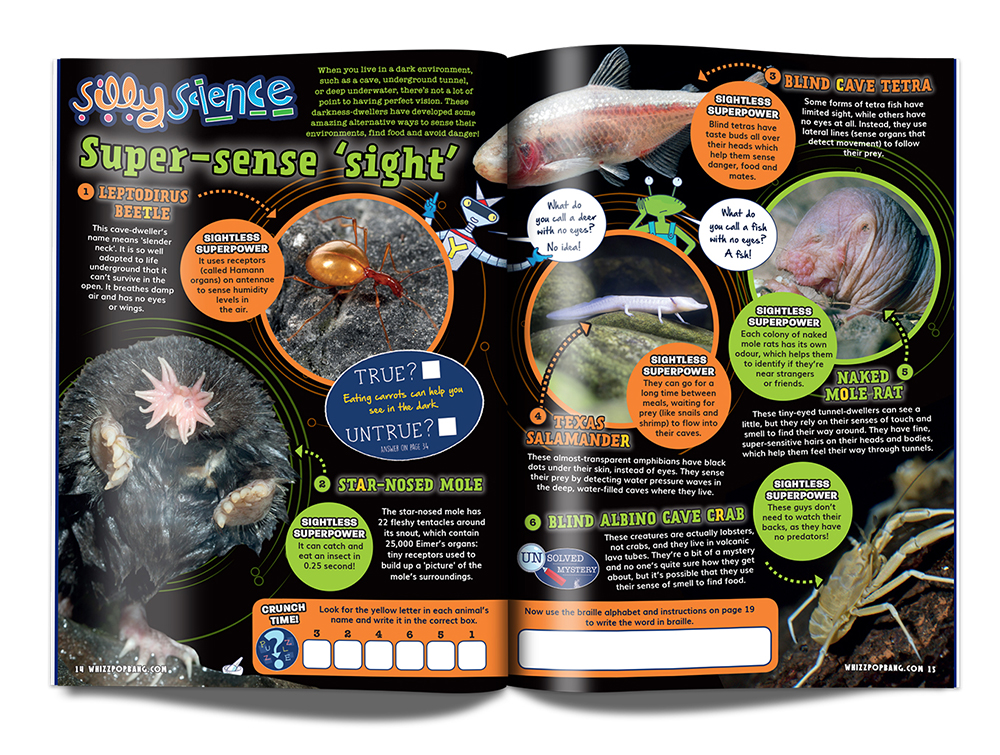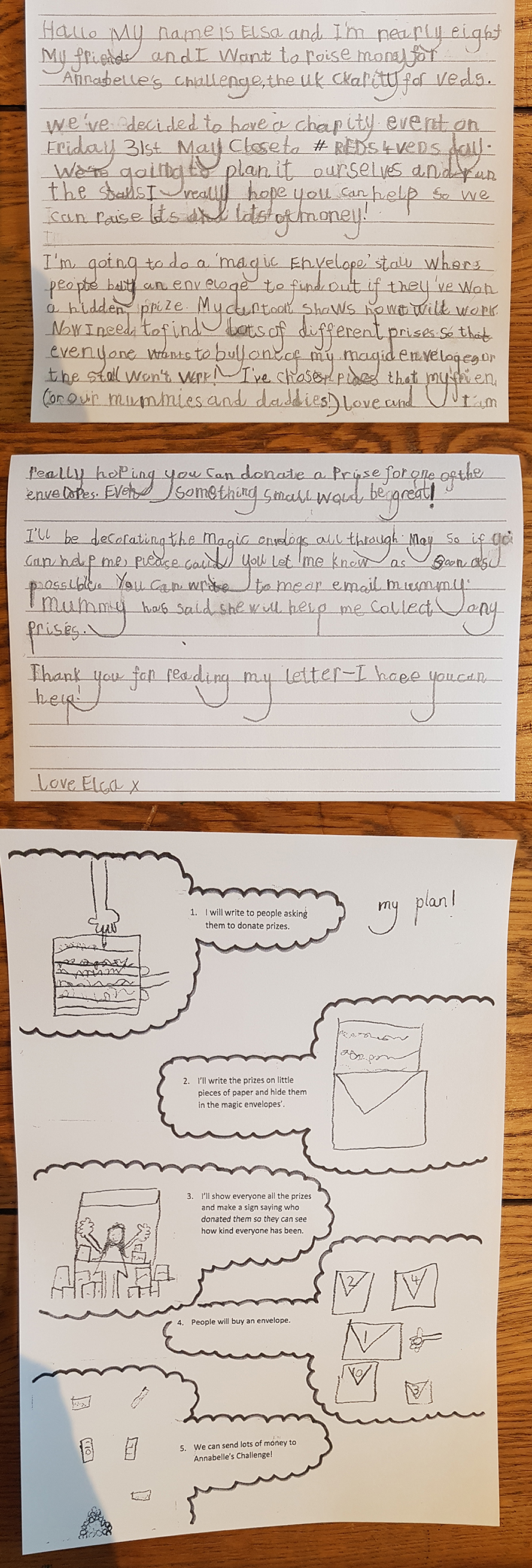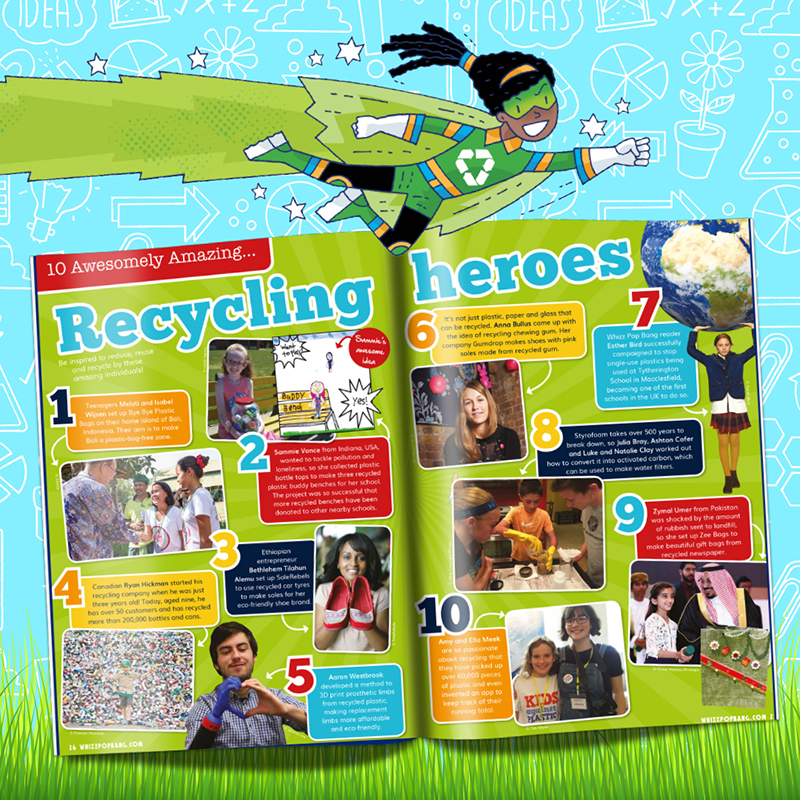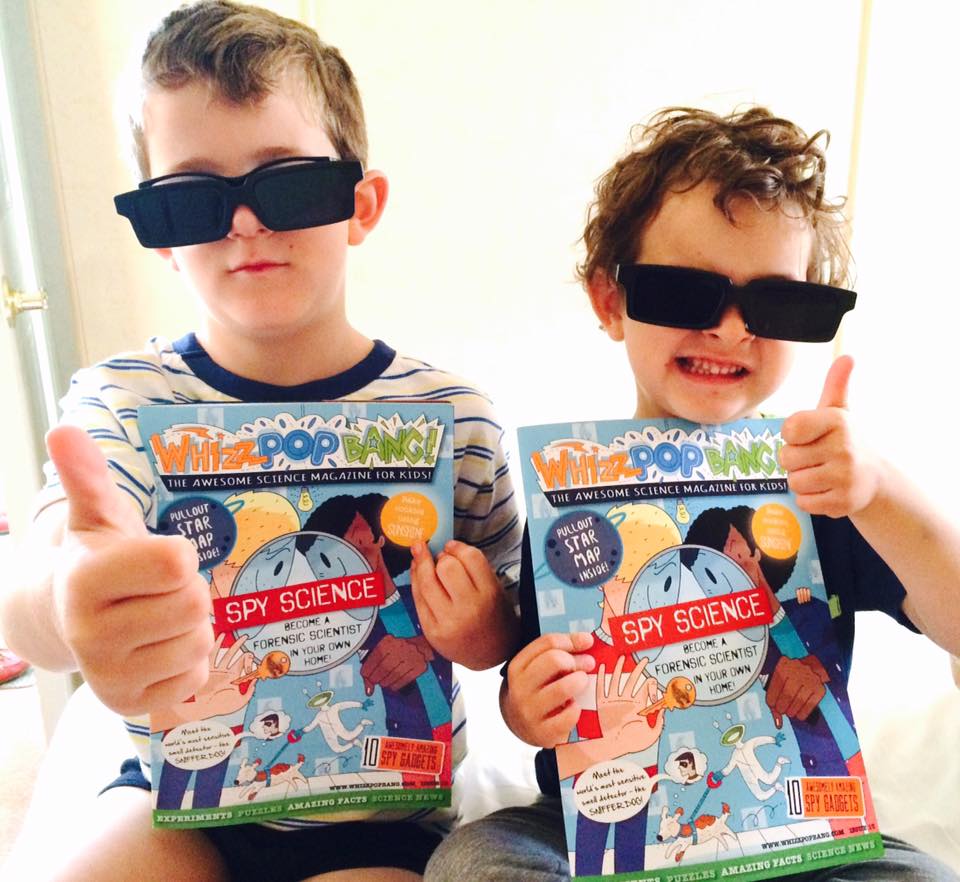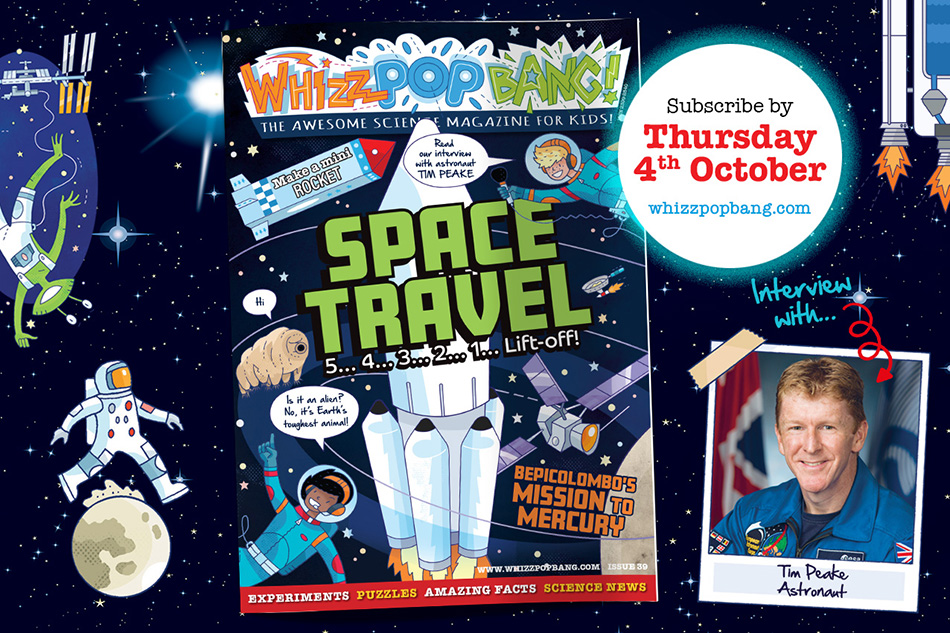Dr Leigh Hoath is Editor of the Association for Science Education’s Primary Science journal. Her work reaches out to teachers across the whole age phase of primary schools in order to try to support engagement and interest in science. Her interests lie predominantly in improving learning and teaching in Primary Science, pedagogy and working in the outdoor setting.
Dr Leigh Hoath’s top tips for teaching primary science:
Here’s @leighhoath with her top tips for teaching primary science 👇#GreatSciShare pic.twitter.com/3KRRa91zx9
— BBC Teach (@BBC_Teach) 18 June 2019
- Be Bold
- Make it relevant
- Talk to people in the science industry, in business and make use of the educational outreach science museums offer for schools
One of the easiest ways to make science relevant for kids, whilst keeping to the curriculum, is to subscribe to a magazine like Whizz Pop Bang. Our subscriptions for schools allow children to independently read up-to-date news articles every month about things that are happening in their world, as well as the big news stories written in a way to inform children, without worrying them.
To accompany each issue of Whizz Pop Bang magazine, there’s a library of online resources for schools, all planned and ready to download and teach – with a handy kit list of inexpensive household items to carry out the investigations.
Teachers can deliver hands-on science lessons that are both fun and hands-on for children, getting a ‘deep dive’ experience they’ll remember.
“Using Whizz Pop Bang has revitalized our science teaching. The quality of the resources are first class and particularly support cross curricular links through the reading comprehension activities. We have found these to be particularly useful at the upper end of KS2 where science can be used as a vehicle to support SATs, making use of skills of inference and deduction based on relevant scientific topics. In addition the planning offers exciting practical ideas, particularly useful to teachers who are not scientific specialists. The children absolutely love carrying out the real-life experiments.”
Sally Cowell, Head teacher at Shaw Ridge Primary school, Swindon

